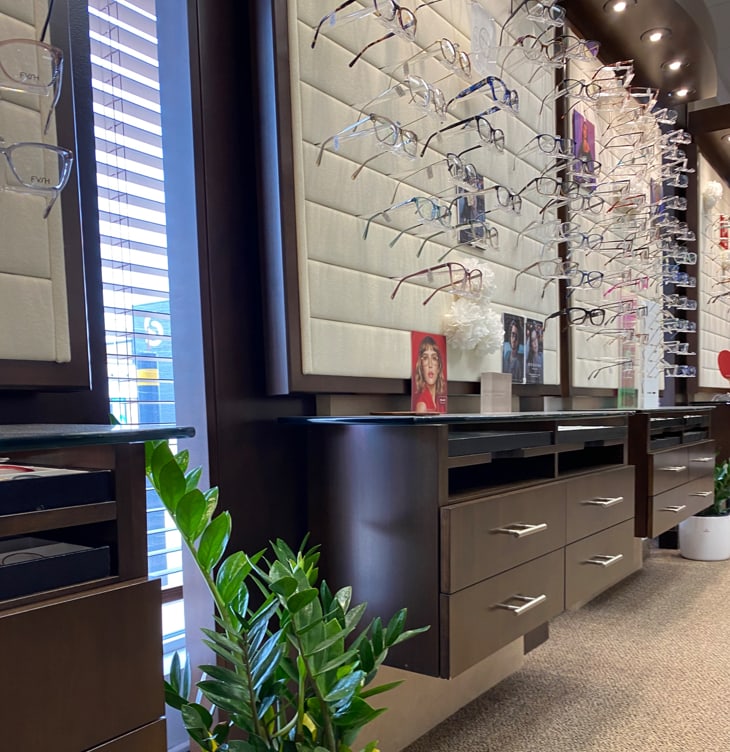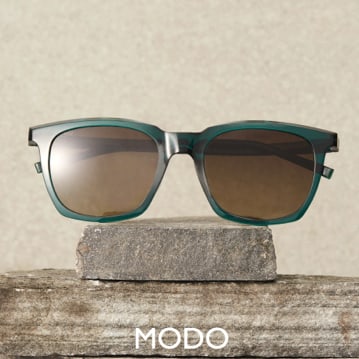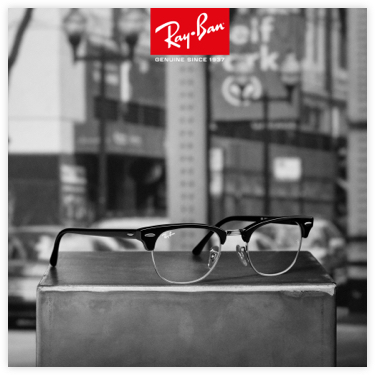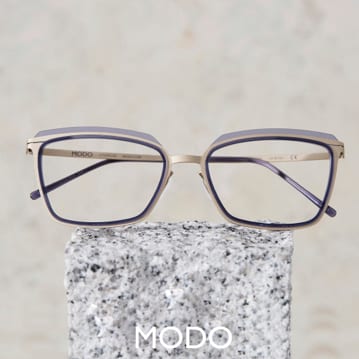LASIK (Laser-Assisted In Situ Keratomileusis) is a popular vision correction procedure designed to address nearsightedness, farsightedness, and astigmatism. During LASIK, a thin flap is created in the cornea, allowing a laser to reshape the underlying tissue for clearer vision.
LASIK differs from PRK as it creates a flap, rather than removing the outer layer fo the cornea to reshape its surface.
This treatment is designed to be fast, effective, and have a quick recovery time. It can be a great option for those looking to reduce their dependence on glasses or contacts.












